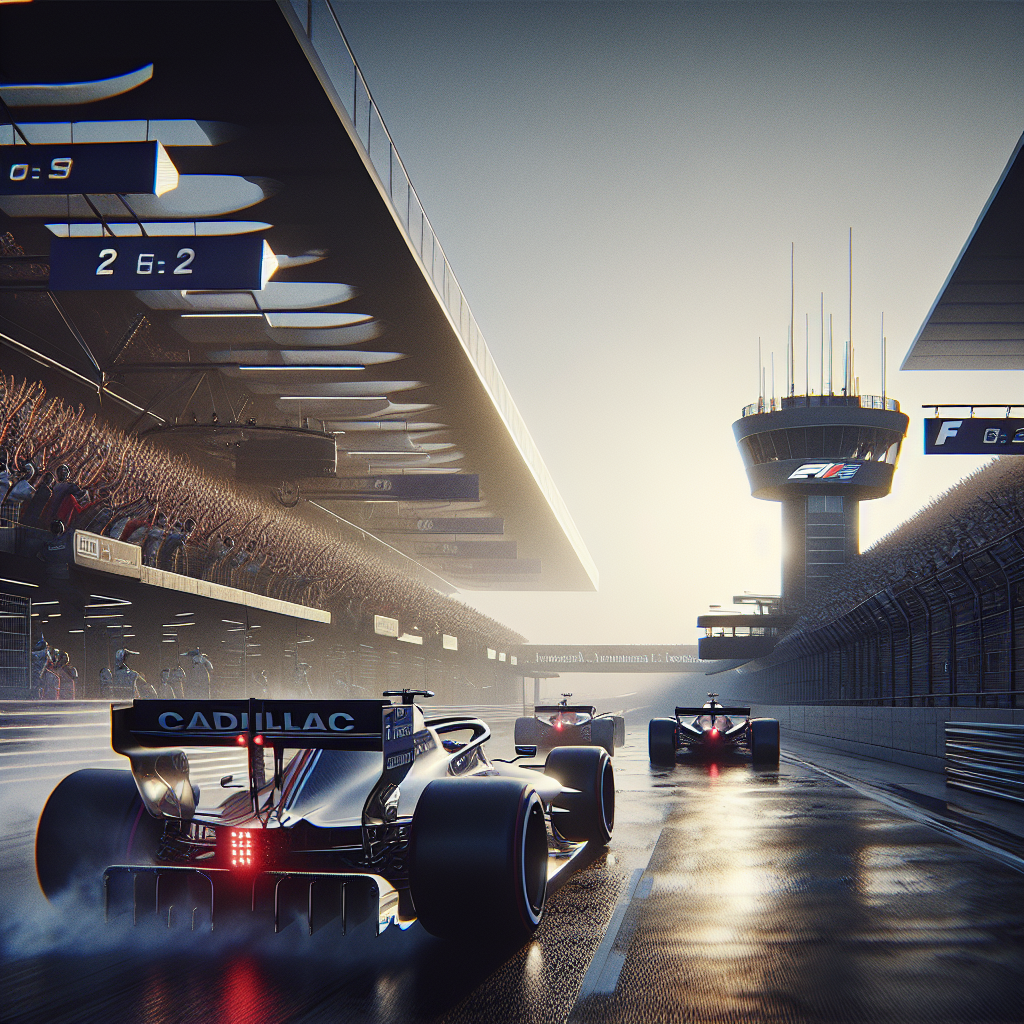
Formula 1’s relationship with simulation has evolved from spreadsheet lap-time models and shaker rigs into immersive driver‑in‑the‑loop laboratories that reproduce circuits with striking fidelity. With in‑season testing heavily restricted since the late 2000s and power‑unit, aerodynamics, and tyre behavior growing ever more complex, teams turned to simulators to bridge the gap between design intent and track reality. The result is a quiet revolution: drivers learn circuits and procedures without burning a liter of fuel, while engineers iterate setups, aeromaps, and energy deployment strategies days or months before a car turns a wheel. This synergy between human perception and high‑performance computation has reshaped how winning pace is found in modern Grand Prix racing.

BMW Motorsport has revealed significant aerodynamic improvements to its M Hybrid V8 LMDh prototype, setting the stage for an ambitious dual-campaign assault on both the World Endurance Championship (WEC) and IMSA series in 2026 [1]. The German manufacturer's latest iteration of their endurance racer showcases refined aerodynamics and enhanced performance capabilities.

Expanding clean energy access to underserved communities is no longer a distant ambition; it is a practical pathway unfolding today through microgrids, pay‑as‑you‑go solar, and community energy projects. These approaches have emerged as powerful complements to national grids, which often struggle to reach remote or low-income areas with affordable, reliable power. Rapid declines in the cost of solar, batteries, and digital technologies, combined with innovations in finance and community ownership, are turning energy access into a viable, scalable service. By matching technology to local needs and aligning incentives for consumers, entrepreneurs, and utilities, these models deliver electricity that is cleaner, more resilient, and more inclusive. Their success is reshaping the conversation from charity to choice, investment, and long-term economic development.

In a major development for Formula 1's expanding American presence, the new Cadillac team has secured two veteran drivers for its 2026 debut season. Former Mercedes driver Valtteri Bottas and ex Red Bull pilot Sergio Pérez have been confirmed as the team's inaugural driver lineup [1], marking a significant milestone in F1's growing footprint in the United States.